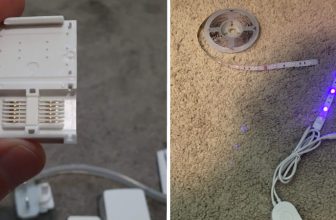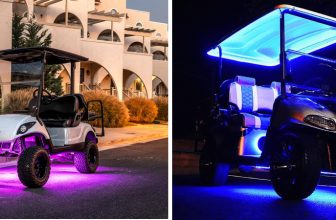How to Turn Off Hazard Lights
Hazard lights or emergency lights are often used when your vehicle is stopped in an emergency situation, such as when your car is broken down at the side of the road. But sometimes, you may accidentally hit the button to turn them on and find it quite challenging to turn them off. It’s a common problem that many drivers face. So, in this blog post, we’ll discuss some simple and easy steps on how to turn off hazard lights.
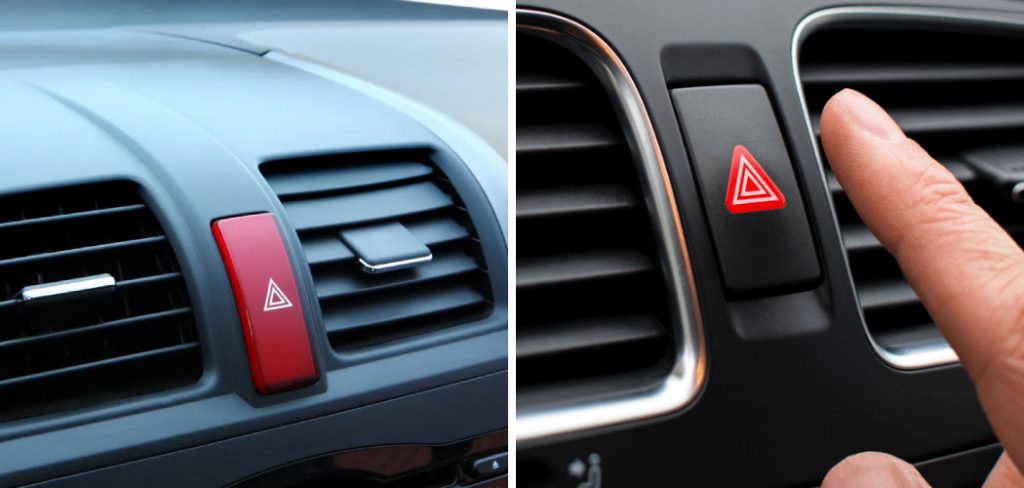
Can You Turn Off Hazard Lights?
Have you ever found yourself driving behind a car with their hazard lights on, wondering if they actually know how to turn them off? Hazard lights are a useful tool for alerting other drivers to a potential hazard, but they should not be left on for extended periods of time while driving. Unfortunately, not everyone seems to know this. If you’re wondering if you can turn off hazard lights, the answer is yes!
Simply locate the hazard light button on your dashboard, which is usually a triangle with an exclamation point in the middle, and press it again to turn the hazard lights off. So next time you see a car with its hazard lights on for no apparent reason, you’ll know that they can be easily turned off.
Why Should You Turn Off Hazard Lights?
Have you ever been driving behind a car with its hazard lights on while moving along in traffic? It may seem harmless to alert other drivers of an issue with the vehicle, but it can be quite dangerous. In fact, many states have laws against this practice. Hazard lights are intended to be used when a vehicle is pulled over to the side of the road as a way to warn other drivers, not when the car is in motion.
Turning them on while driving can be confusing to other drivers and cause them to think that your car is stopped or signaling a turn. This can lead to accidents and create even more confusion on the road. So do everyone a favor and save those hazard lights for when you’re safely off the road.
7 Steps to Follow on How to Turn Off Hazard Lights
Step 1: Check the Button
To turn off the hazard lights, the first and foremost thing is to locate the button which turns them on. In most vehicles, the button is located in the center console or on the dashboard. Once you identify the button, check whether it’s still engaged. If it’s still pressed, then pressing it again will disconnect the circuit, and the hazard lights will turn off.
Step 2: Turn off the Ignition
If the button is not engaged anymore, the next thing is to turn off the car’s ignition. Hazards are often wired into the car’s battery circuit, and turning the ignition off will break the circuit and turn off the hazard lights.
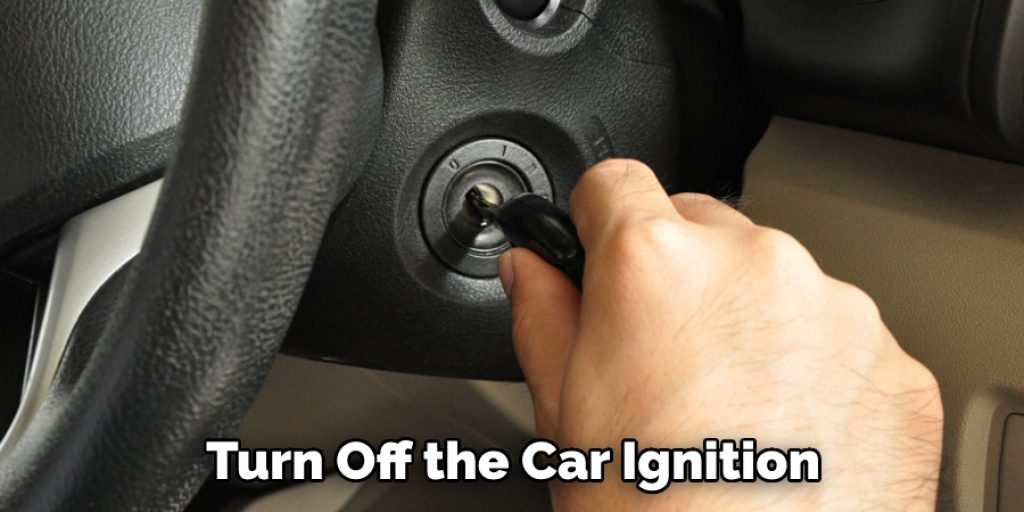
Step 3: Check the Owner’s Manual
If you’re still unable to turn off the hazard lights, then it’s time to check your owner’s manual for specific instructions. Different car models have different issues, and the manual can help you identify exactly what’s wrong with the car and how to turn off the hazard lights. If you don’t have the manual, you can check online for a copy of the manual or contact the manufacturer.
Step 4: Disconnect the Battery
If the above steps don’t work, then you can try disconnecting the battery. Use a wrench to unscrew the negative cable connector from the battery terminal. This will disconnect the car’s battery, and the hazard lights will turn off. But remember, disconnecting the battery has some negative side effects, and it’s not recommended unless it’s an emergency.
Step 5: Replace the Switch
If disconnecting the battery doesn’t work, then you might need to replace the switch. A faulty or worn-out switch usually triggers hazard lights. Removing and replacing the switch can help you turn off your vehicle’s hazard lights.
Step 6: Check for Water Damage
If everything else fails, then you should check for water damage. Sometimes the wires get corroded or damaged due to water seeping in through the switches. If this is the case, then replacing the entire wiring harness is better than manually fixing it.
Step 7: Get Professional Help
If none of these steps work, then it’s best to get professional help. An experienced mechanic can diagnose the exact issue and suggest a suitable solution. Replacing or repairing faulty wiring or switches is not always easy, so leaving it to the professionals is better. They are better equipped to handle such situations and will be able to fix your car in no time!
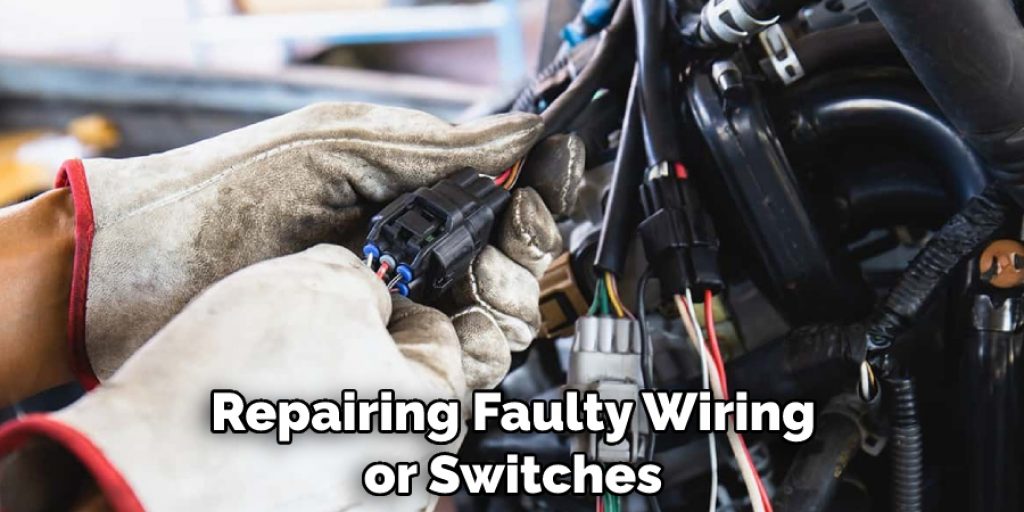
That’s it! You’ve now learned the 7 to follow on how to turn off hazard lights. If you found these tips helpful, then please share them with someone who could benefit from this knowledge. Don’t forget to drive safely!
5 Considerations Things When You Need to Turn Off Hazard Lights
1. When to Turn Your Hazard Lights On
You should turn on your hazard lights any time you need to warn other drivers of potential danger. This could be if you have broken down and are blocking the road if you are pulled over to the side of the road, or if there is an accident ahead.
2. When to Turn Your Hazard Lights Off
Once the danger has passed, you should turn off your hazard lights. If you leave them on, they can become a distraction for other drivers and may even lead to accidents.
3. Turning on Your Hazard Lights
Most cars have a switch that is clearly labeled “hazard.” Once you find this switch, flip it on, and your hazard lights will flash.
4. Turning Off Your Hazard Lights
To turn off your hazard lights, simply find the switch and flip it back to the “off” position.
5. What to Do if Your Hazard Lights Are Not Working
If your hazard lights are not working, you should take your car to a mechanic as soon as possible. In the meantime, you can use flares or reflective triangles to warn other drivers of potential dangers ahead.

Benefits of Turn-Off Hazard Lights
Drivers often use turn-off hazard lights to let other drivers know that there is some danger or emergency ahead. However, these lights can cause more harm than good if used incorrectly. Firstly, they can be distracting for other drivers, leading to confusion and potential accidents. Secondly, when used on the road, they may make it difficult for emergency responders to identify which vehicle is actually in trouble.
Moreover, when turned on for a long time, hazard lights can drain the battery and reduce the car battery’s lifespan. Therefore, it is important to use hazard lights only when necessary. By avoiding the unnecessary use of hazard lights, drivers can improve road safety, reduce the risk of confusion, and protect the longevity of their car batteries.
5 Common Mistakes People Make When Trying to Turn Off Hazard Lights
1. Turning Off the Engine First
One of the most common mistakes people make when trying to turn off their hazard lights is turning off the engine first. This can actually cause your hazard lights to stay on, as some cars have a feature that keeps the hazard lights on if the engine is turned off while they are still on. If your car has this feature, you will need to turn off your hazard lights before turning off the engine.
2. Not Turning Off All the Lights
If any of your car’s lights are still on, they will stay on when you turn on the hazard lights. This can be a problem if you are trying to use your hazard lights to indicate to other drivers that your car has stopped on the side of the road, as they may think that you are still driving.
3. Forgetting to Turn Off the Hazards
A third mistake people often make is forgetting to turn off the hazard lights after they have turned them on. If you leave your hazard lights on for too long, they can drain your car’s battery and cause other problems. Make sure to turn off your hazard lights as soon as you no longer need them.
4. Turning On the Hazards Too Late
Another mistake people make is waiting too long to turn on their hazard lights. If you are in a situation where you need to use your hazard lights, it is important to turn them on as soon as possible so that other drivers are aware of your situation.
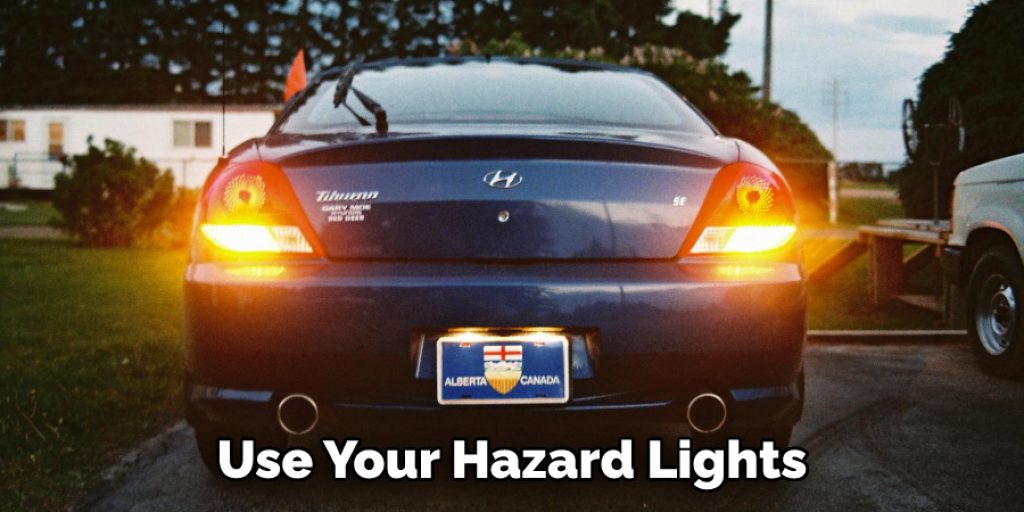
5. Not Knowing When to Use Them
One final mistake people make is not knowing when it is appropriate to use their hazard lights. Hazard lights should only be used in situations where your car has broken down or is otherwise disabled, and you need to warn other drivers of your presence. Do not use your hazard lights while driving, as this can actually be dangerous and cause accidents.
Conclusion
Turning off the hazard lights is a simple process that most drivers can do on their own. Before you try any of the above steps, make sure you’re parked safely. Remember, hazard lights are not meant to be used while driving; using them unnecessarily can be a hazard to other drivers.
If you’re still having difficulty turning off your hazard lights, it’s always better to seek professional help to avoid any further damage to your vehicle. Thanks for reading our post about how to turn off hazard lights.



